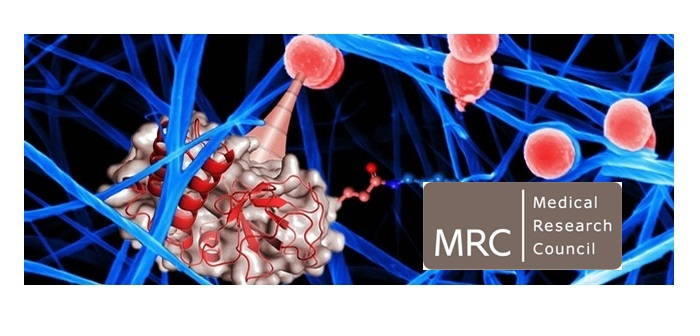Discovering that one of the major causes of human infections uses “chemical harpoons” to attach itself to its hosts, is being seen as a significant step forward in fighting antimicrobial resistance (AMR).
The harpoon fact, which has emerged from work funded by the Medical Research Council (MRC) and led by the University of St Andrews and the John Innes Centre, revealed how Streptococcus pyogenes, the cause of many human infections, use chemical harpoons to attach themselves to the body.
The discovery, according to MRC, could pave the way for a new approach to treating bacterial infections by ‘disarming’ bacteria instead of trying to kill them with antibiotics.
“Before we can develop new ways of fighting AMR, we need to fully understand how bacteria survive,” said MRC’s head of infections and immunity, Dr Des Walsh, adding that it was exciting that the researchers had discovered a unique insight into how bacteria invade and seize healthy tissue.
“We recently awarded an additional £5m towards AMR research, and we will continue to support the best, collaborative research that explores new and promising ways to solve the AMR challenge.”




